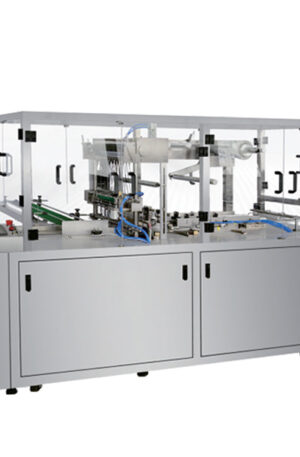Title: The Role of Pharmaceutical Machinery in Drug Manufacturing
Pharmaceutical machinery plays a crucial role in the drug manufacturing process, facilitating the production of high-quality medications that meet strict safety and efficacy standards. Two key types of machinery commonly used in pharmaceutical manufacturing are the table press machine and the capsule filling machine.
The table press machine, also known as a tablet press or tablet compression machine, is essential for the production of tablets. This machine works by compressing powdered ingredients into solid tablets of precise weight and dimensions. The table press machine utilizes punches and dies to form tablets with accurate dosages, shapes, and markings, ensuring consistency and quality in the final product.
On the other hand, the capsule filling machine is used to fill empty capsules with powdered or granulated medication. This machine automates the process of filling capsules, sealing them, and sometimes printing information on the capsules. Capsule filling machines come in different types, including manual, semi-automatic, and automatic machines, each offering varying levels of production efficiency and capacity.
Two common types of table press machines used in pharmaceutical manufacturing are the TDP (Tablet Press) and THDP (Tablet Hydraulic Press). The TDP machine is a single-punch tablet press that is widely used for small-scale production and research purposes. It is compact, easy to operate, and capable of producing tablets with high precision. On the other hand, the THDP machine is a hydraulic tablet press designed for high-volume production, offering greater efficiency and output capacity compared to the TDP machine.
In conclusion, pharmaceutical machinery, such as the table press machine and capsule filling machine, plays a critical role in drug manufacturing. These machines enable pharmaceutical companies to produce tablets and capsules with precision, efficiency, and quality, ensuring that patients receive safe and effective medications. Understanding the functions and capabilities of these machines is essential for maintaining high standards in pharmaceutical manufacturing and meeting the needs of the global healthcare industry.





